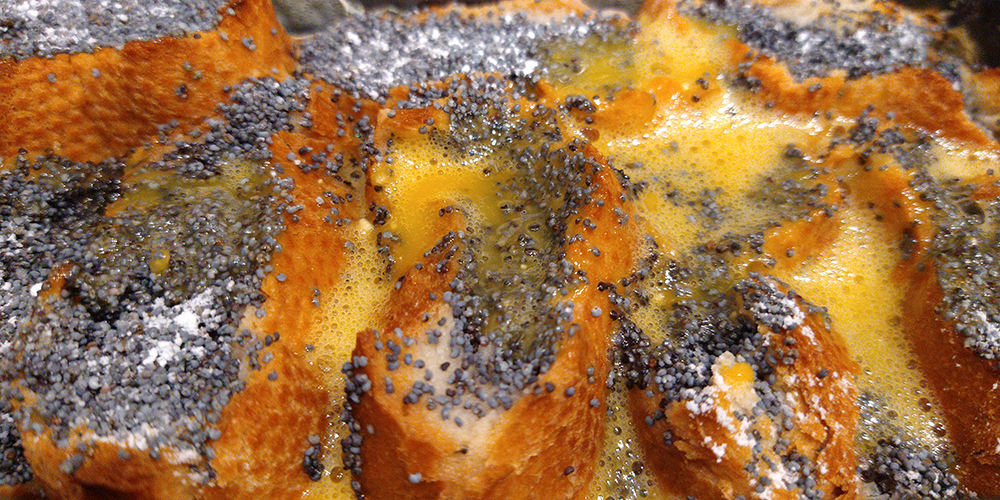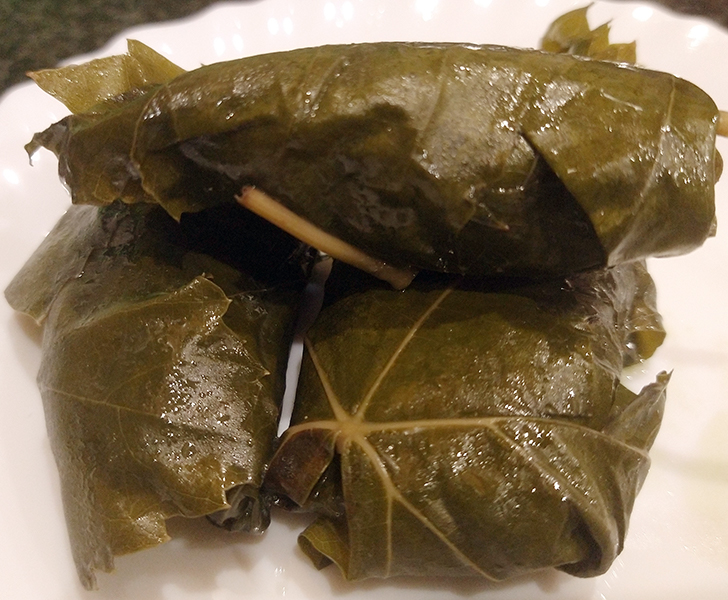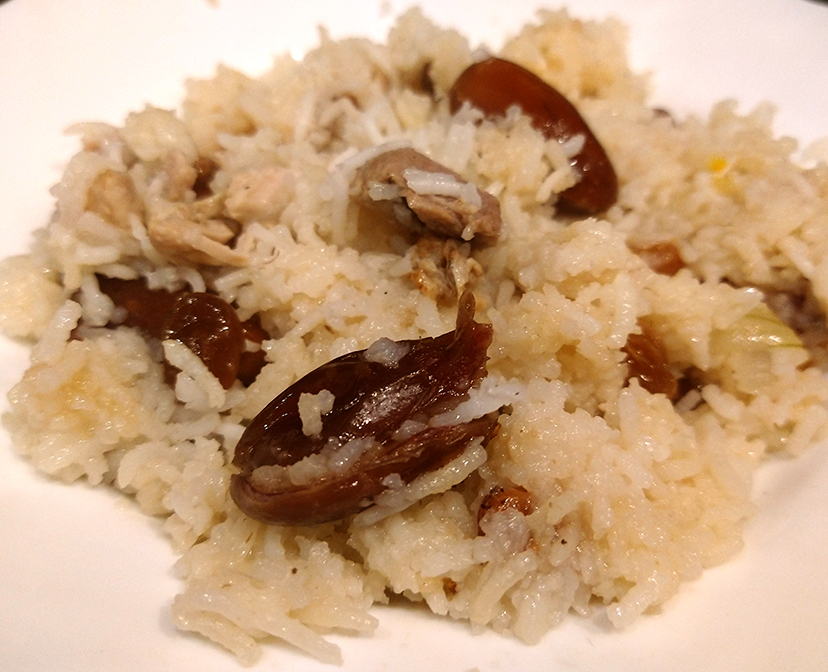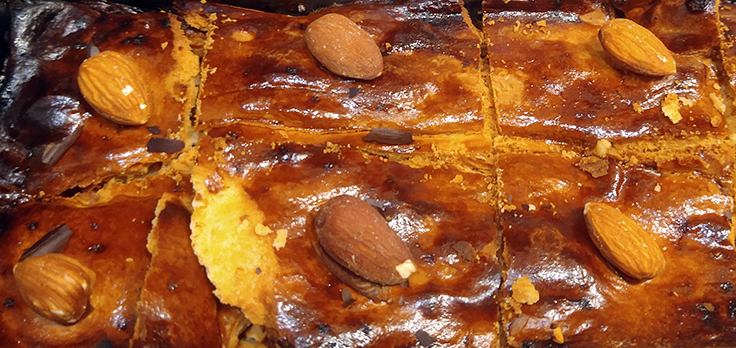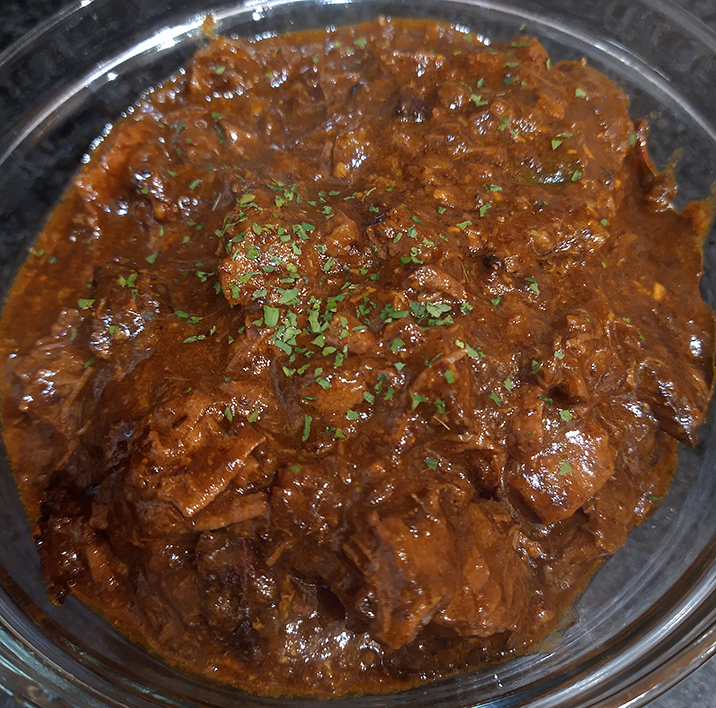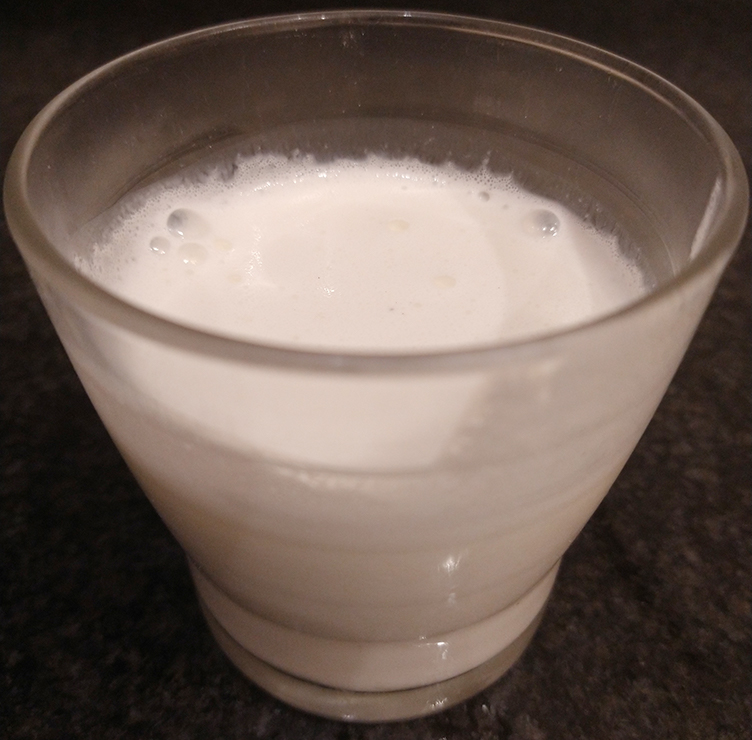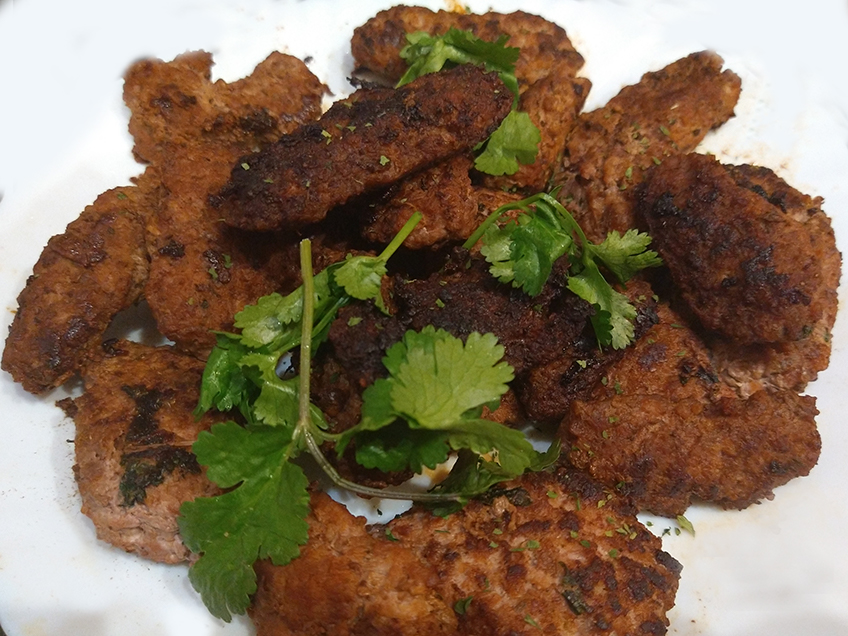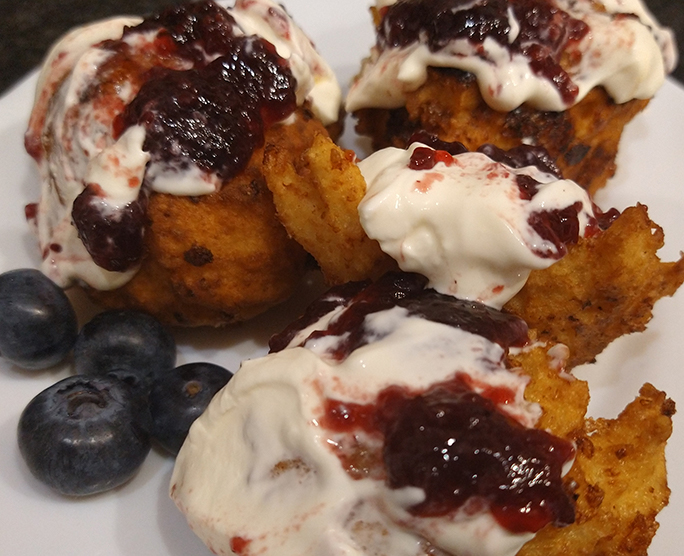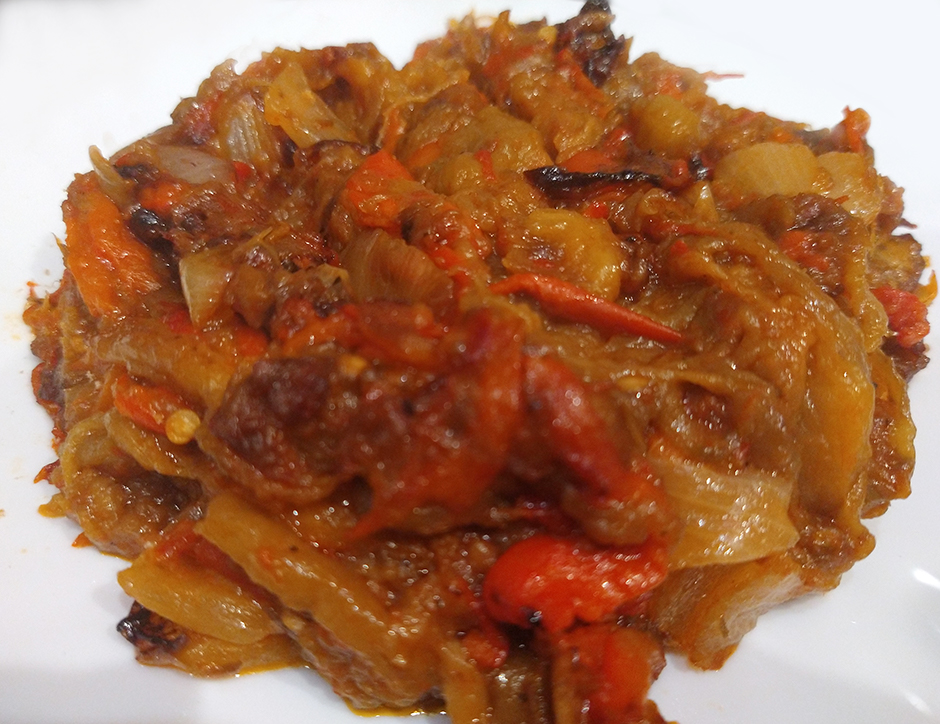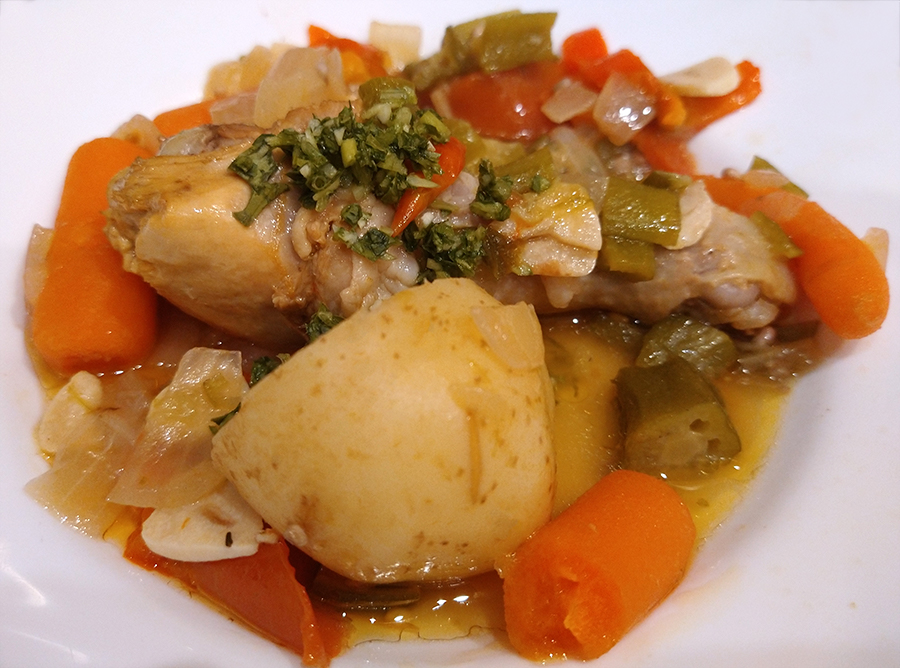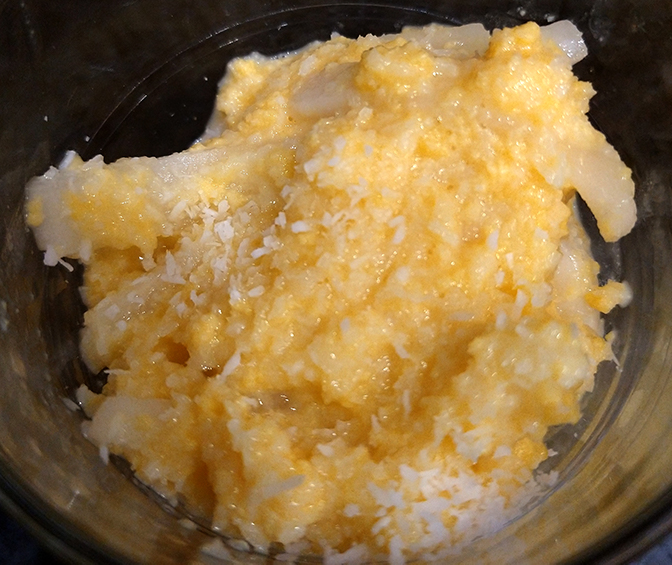Attentional Engagement as Practice: A Study of the Attentional Infrastructure of Healthcare Chief Executive Officers – I just learned about the attention-based view of the firm a week ago, and now, I’ve been seeing more about it in my casual reading of the literature. Quite fitting to have the Baader-Meinhof Phenomenon when we’re talking about attention. This ethnographic research is quite fascinating, they shadowed seven CEOs from NHS organizations and explored the CEOs continuous struggle to prioritize and manage various attentional demands. I feel like it somehow mirrors the Eisenhower matrix of classifying tasks to urgent/not urgent and important/not important.
A New Measurement Conception for the ‘Doing-Using-Interacting’ Mode of Innovation – proposes alternate measures to innovation. Previously, when innovation is measured, it typically aims to capture formal innovation processes in R&D. However, innovation goes beyond that and also occurs in informal processes of doing, using and interacting. The researchers proposes measuring knowledge flows and facilitators.
Why Are Firms with Lower Performance More Volatile and Unpredictable? A Vulnerability Explanation of the Bowman Paradox – first time I’ve heard of the Bowman paradox. It was the finding from empirical data that firms with lower accounting performance also took higher risks. This was paradoxical in that it went against the prevailing assumption that individuals would only take risks if it might correspond to higher rewards.
The Decline of Computers as a General Purpose Technology – introduces the concept of fragmenting cycle where a general purpose technology evolves into loosely-related siloes towards divergent applications. The problem is that improvements might only occur in popular application areas, leaving behind other areas. This cycle occurs when technology advancement slows down, which then causes slower adoption from users, which then makes improving the technology much more expensive.
Patent Quality: Towards a Systematic Framework for Analysis and Measurement – researchers compared different measures of patent quality and find disagreements among them. Thus, the measurement of the quality of a patent should always be tied to context.
What can Strategy Learn from the Business Model Approach? and A Business Model View of Strategy – Two papers that respond to one another about the whether the concept of business models offer anything new to strategy. The response was that business model literature focuses on these questions:
What activities should be connected? How can we develop interdependencies among activities that cannot be imitated? How can we develop superior interdependencies, especially when resources and capabilities are widely available and not differentiated?
Current trends in, and future potential of, crowdfunding to finance R&D of treatments for neglected tropical diseases – Couldn’t access the article but found it fascinating. Reminds me of the meme on how GoFundMe has become the main healthcare provider in the US. Memes aside though, with the number of societal challenges facing society, we need to explore all possible funding mechanisms to develop technologies to address them. Is crowdfunding the best way to solve neglected tropical diseases? Probably not, but they are better when you have no other alternative.

